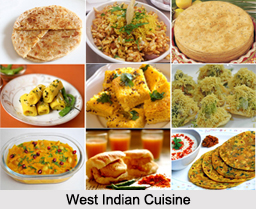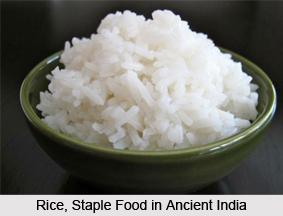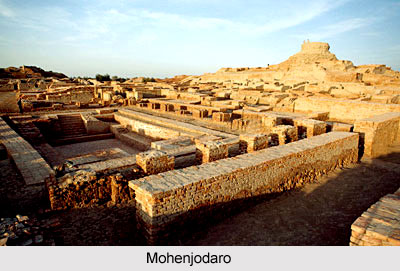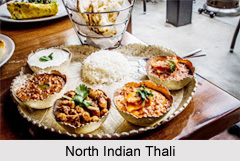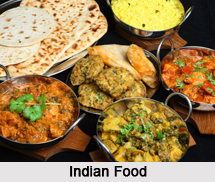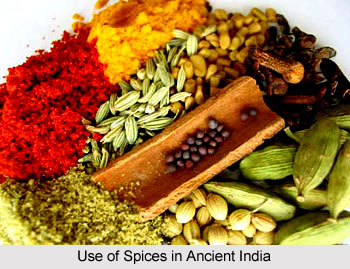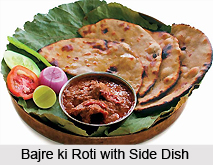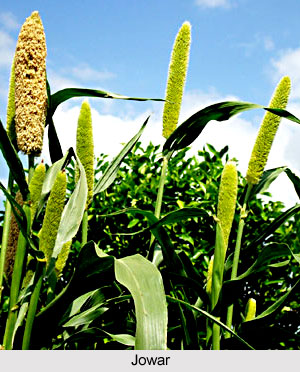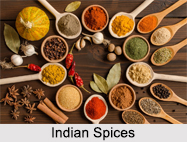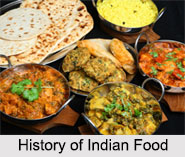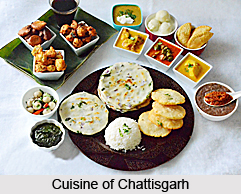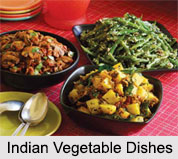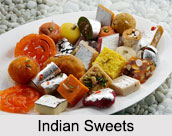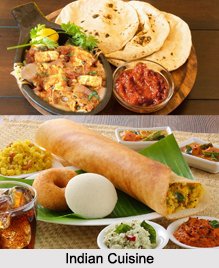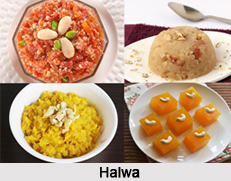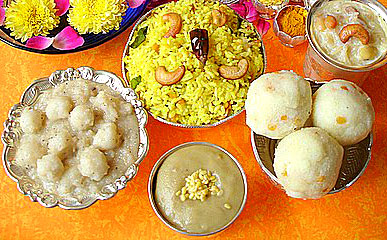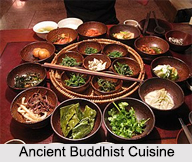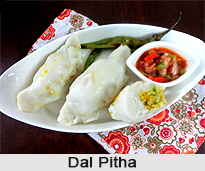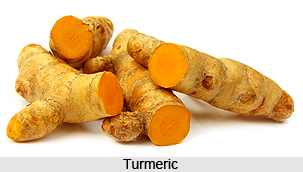The ancient Indian dietary was having the synthetic elements in it. These medical works were no doubt compiled in the post-Mauryan period but the food habits of the people of the early centuries of the Christian era must not have changed much from pre-Mauryan times. This variety in food was suitable for their temperament as well, they being accustomed to it.
 According to the Kasyapa samhita the residents of northwestern India liked such substances as buttermilk, vinegar, curds, whey, treacle, grapes, groats, juice of pomegranates and rock salt. The Bhela Samhita states that they were especially fond of meat preparations and liquor. The residents of Bacteria region generally used wheat, spiced warm food, liquid meat preparations and beverages such as sour gruel and wines while those of the region to the east of Kafiristian or Kambhoja were fond of preparations of lentils or masura, barley, wheat, sesamum and uddala variety of rice. The people of the Sindhu region were fond of milk.
According to the Kasyapa samhita the residents of northwestern India liked such substances as buttermilk, vinegar, curds, whey, treacle, grapes, groats, juice of pomegranates and rock salt. The Bhela Samhita states that they were especially fond of meat preparations and liquor. The residents of Bacteria region generally used wheat, spiced warm food, liquid meat preparations and beverages such as sour gruel and wines while those of the region to the east of Kafiristian or Kambhoja were fond of preparations of lentils or masura, barley, wheat, sesamum and uddala variety of rice. The people of the Sindhu region were fond of milk.
The people of eastern India liked fish, variety of rice, oils and pungent spices. The residents of south India were fond of tasty sweets, oils, preparations of food grains such as Icarigu, adhaka, barley, gram and pea and roots, tubers and some beverages. They also liked fresh fish from rivers and seas. It is stated that sour rice gruel suited the temperament of sea-faring man. The residents of Asmaka or Godavari region and Avanti or Malwa region liked oil and sour preparations. The people of Madhya-desa or Uttar Pradesh liked barley, wheat and cows` milk.
The above description of the dietary of different regions shows that on account of geographical factor it varied from region to region. Probably vegetarianism was more rigidly practiced in Madhyadesa where Brahmanical influence coupled with the teachings of the Buddha and Mahavlra had the greatest impact on society.
